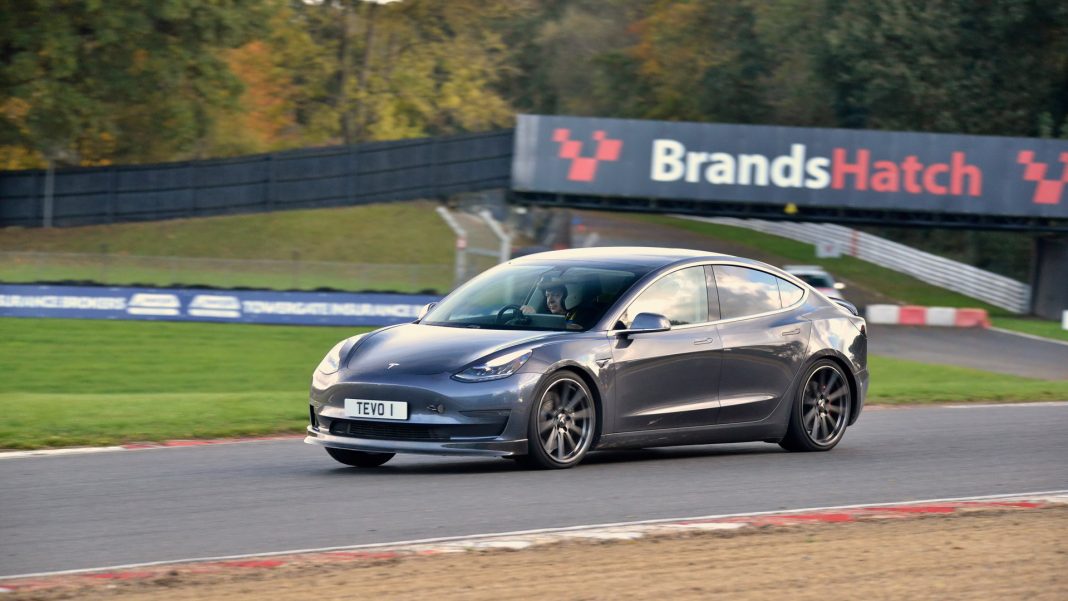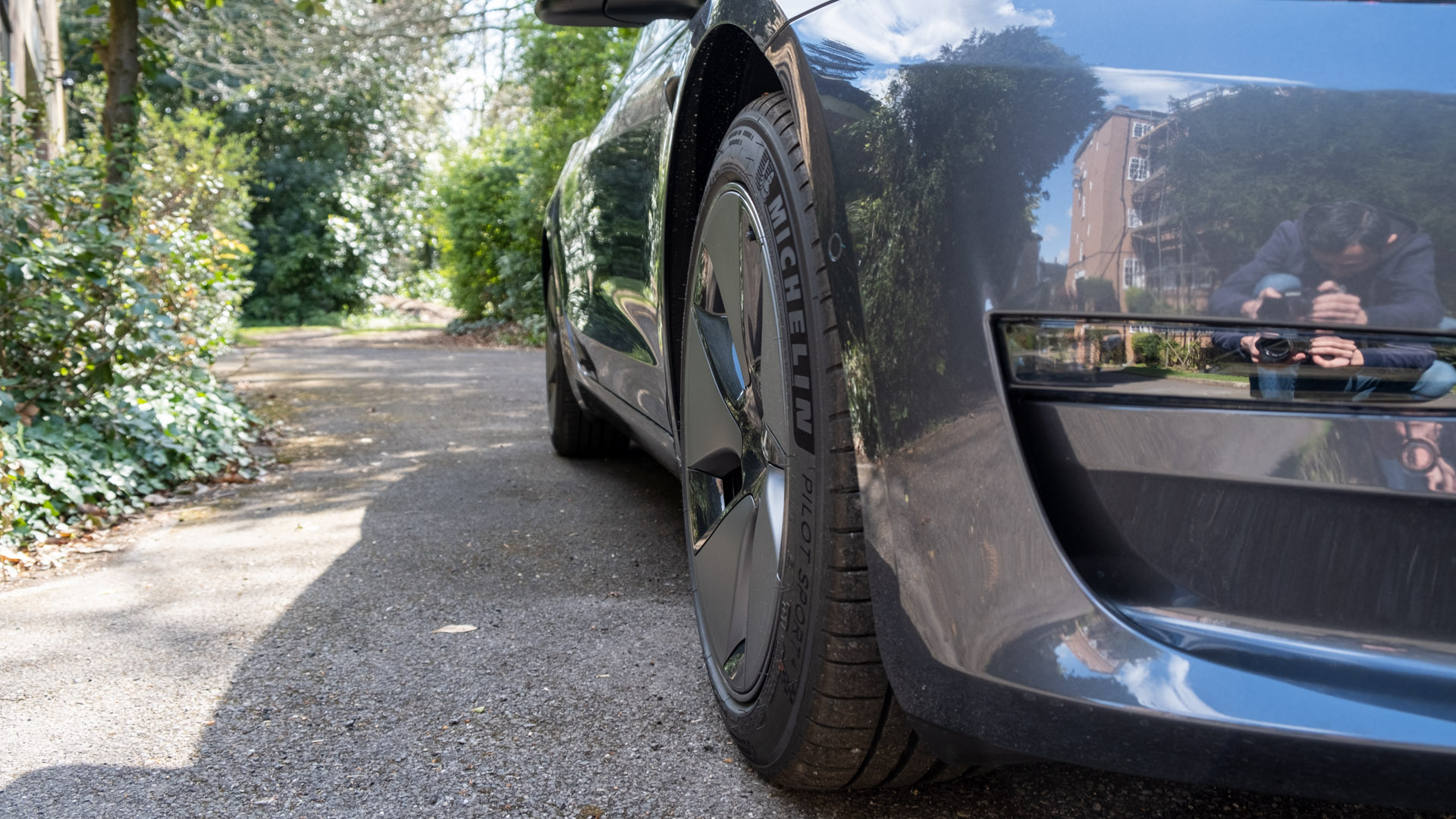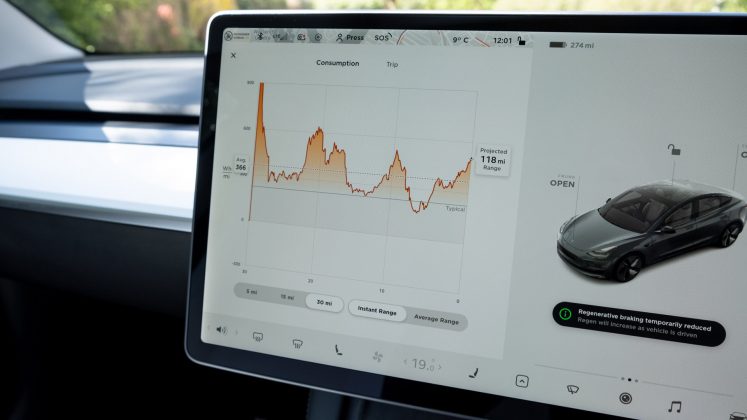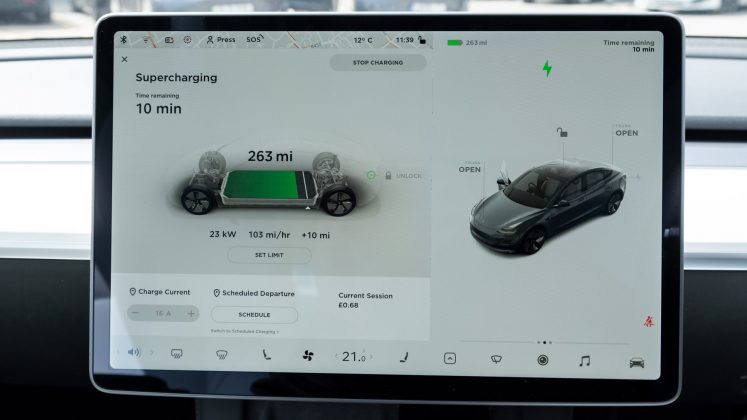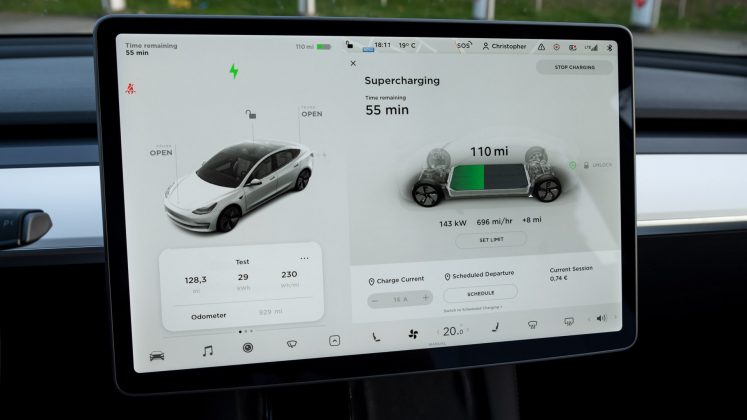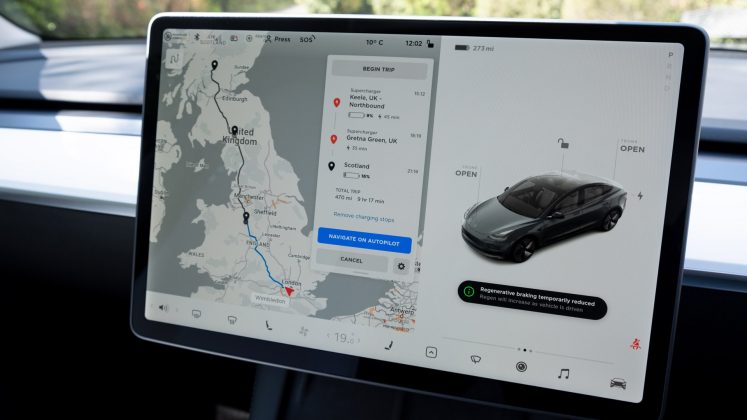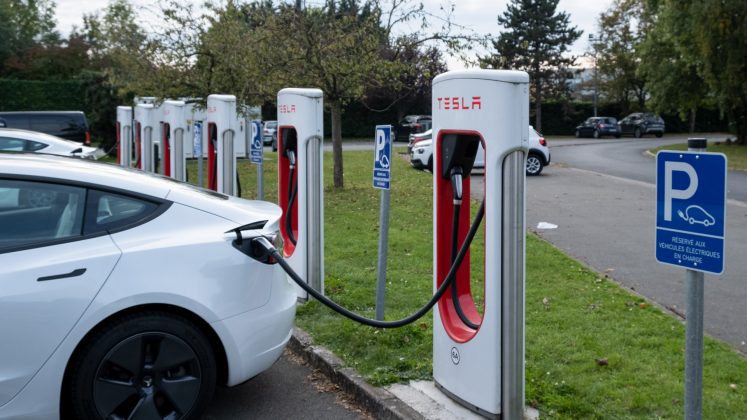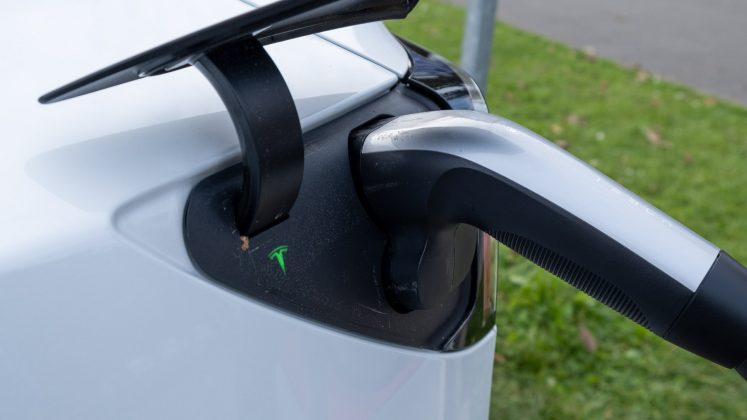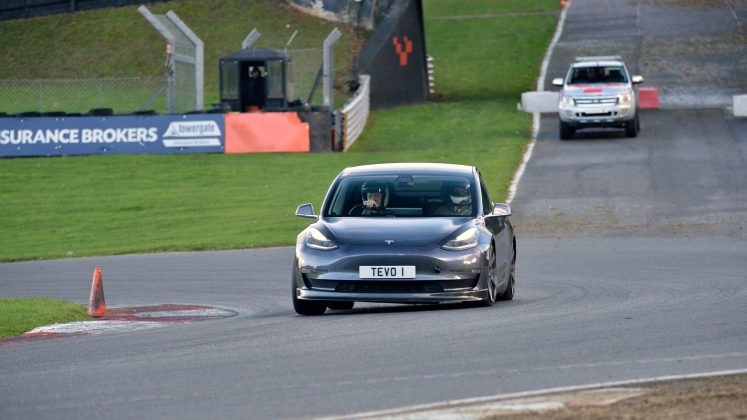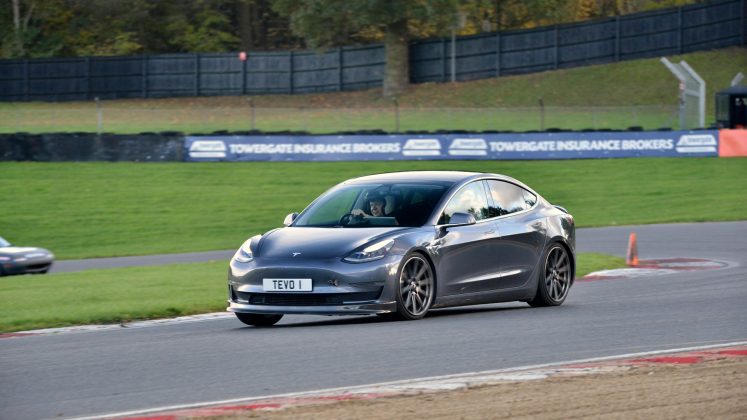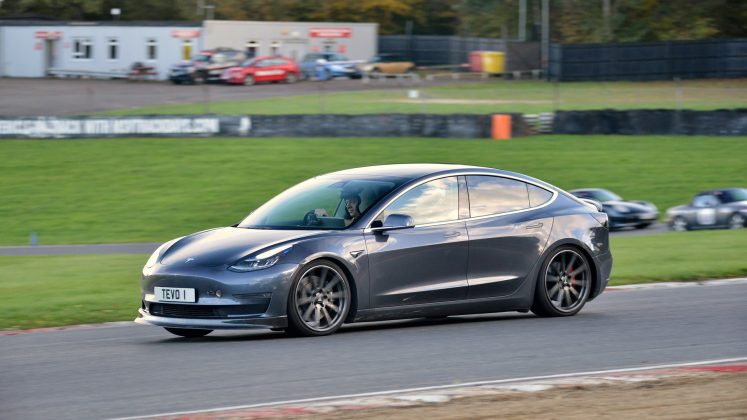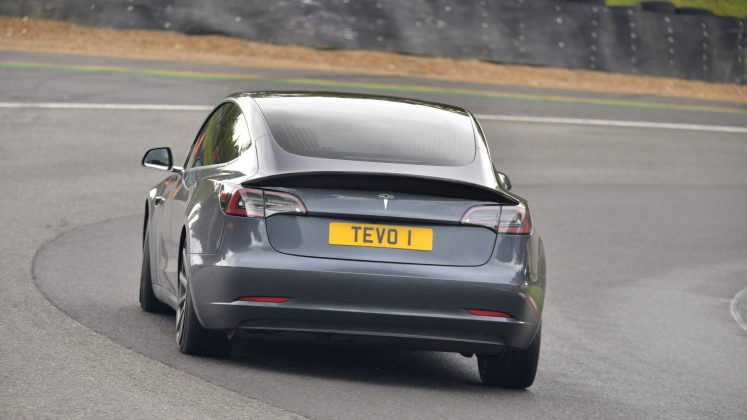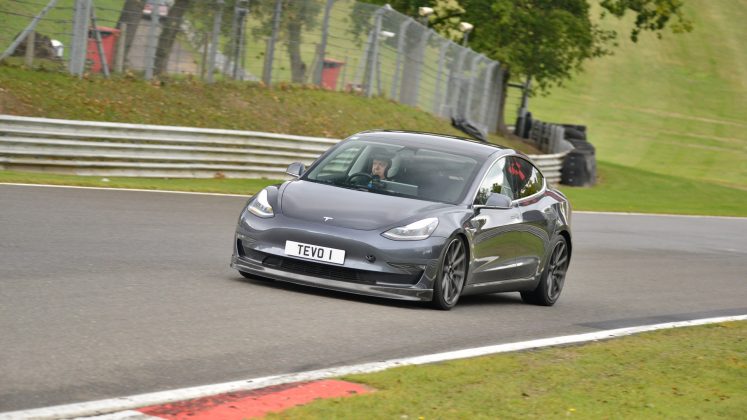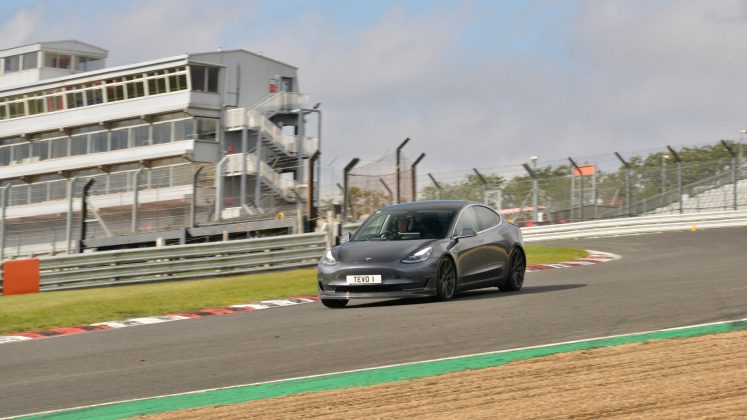It’s a myth that electric vehicles are not suited for motorsport events. The instant torque and power delivery mean they’re quick off the line and out of the corners. While they are heavier than the equivalent ICE-based vehicle, the batteries are often situated under the floor, which means a lower centre of gravity.
Still, road cars are designed for road driving, not track driving. Supercars may be capable of both but have a price tag to match. This is why modifying a road car for track use is the most accessible and affordable option for most. There are many stages to consider when optimising your electric vehicle for track use. TotallyEV reached out to Tevo Solutions, a company that provide upgrades to Tesla owners.
Read next: Tesla Model 3 review: Should you buy into the hype?
At the factory
When buying your vehicle from the factory, consider the following questions:
- How heavy is the vehicle? The lighter the car, the better; but a light electric vehicle is likely to have less power and range than a heavy one as a large proportion of the weight is attributed to the battery pack. The compromise is to select a relatively powerful but heavy EV and modify the suspension and brakes to keep its weight under control.
- What tyres are fitted as standard? On the whole, road tyres will not stand up to repeated track use, so if several track days are planned, it’s better to invest in a second set of dedicated track tyres and keep the standard tyres for road use. Track tyres will usually last longer and provide more grip, so it’s a worthwhile investment if you’re serious about taking your EV on track.
Buy a car phone mount on Amazon (Affiliate)
- Is the suspension adjustable in any way? It’s sometimes hard to find a production car with adjustable suspension; some have adaptive setups but these are yet again not adjustable on the fly. Fitting adjustable aftermarket parts will allow the geometry and handling to be fine-tuned for the track.
- Will the battery, motors or brakes overheat with prolonged track use? Just like the engine in an ICE car, if you drive on the limit eventually something will overheat. Driving style and track layout both play a part in determining how many laps you might be able to do before heat becomes a problem.
- How much range will you get on track? As a rule of thumb, expect to get 20-25% of your ‘normal’ range when driving on track. However, this varies from circuit to circuit and of course will depend on your car. If you want to get the most laps, choose an ‘EV-friendly’ circuit, i.e. a small one with not too many long straights and some fast-charging stations nearby so you can top up at lunchtime.
Read next: BMW i4 first drive: The best electric BMW?
Modifications
Once you buy your EV, you will be modifying the same components as an ICE car – namely, suspension, tyres and brakes. Suspension upgrades will ensure you make the best use of your tyres and improve the overall balance and performance. The Tesla Model 3 Ohlins DFV Coilover Kits provides maximum grip in corners yet a firm-but-supple ride quality.
Brake upgrades will be necessary if you want your EV to stop after more than a few laps. XP10 Brake Pads for the Tesla Model 3 were developed to handle the most challenging track braking conditions. These pads are formulated for track/high-temperature use and deliver consistent brake torque; excellent in modulation, highly resistant to wear, and are friendly to rotors, with the brake dust being easy to clean.
Replacing specific factory-fitted parts with upgraded components is straightforward and can be done by any garage.
Read next: Audi e-tron GT review: Better than the Porsche Taycan?
Preparing the car
In the UK, a track day is strictly non-competitive, and no lap timing is allowed. The emphasis is on having fun in a safe environment. However, you do need to prepare your car for the following:
- Towing Point(s): If your car stops on the course for whatever reason, the marshals need to recover it, so you’ll be required to have your towing eye(s) fitted. Ensure you know how to advise marshals should they ever need to tow your car, even for a very short distance. Some EVs have a particular towing procedure.
- Tyres/tyre pressures: You won’t be allowed to use racing slicks on a production car without having a roll cage fitted, but you might want to budget for road-legal track tyres. Tyre pressures are really important if you want to maximise grip and minimise wear. If you’re unsure what pressures to use, seek advice ahead of time from other experienced track day participants or look online for the recommended levels.
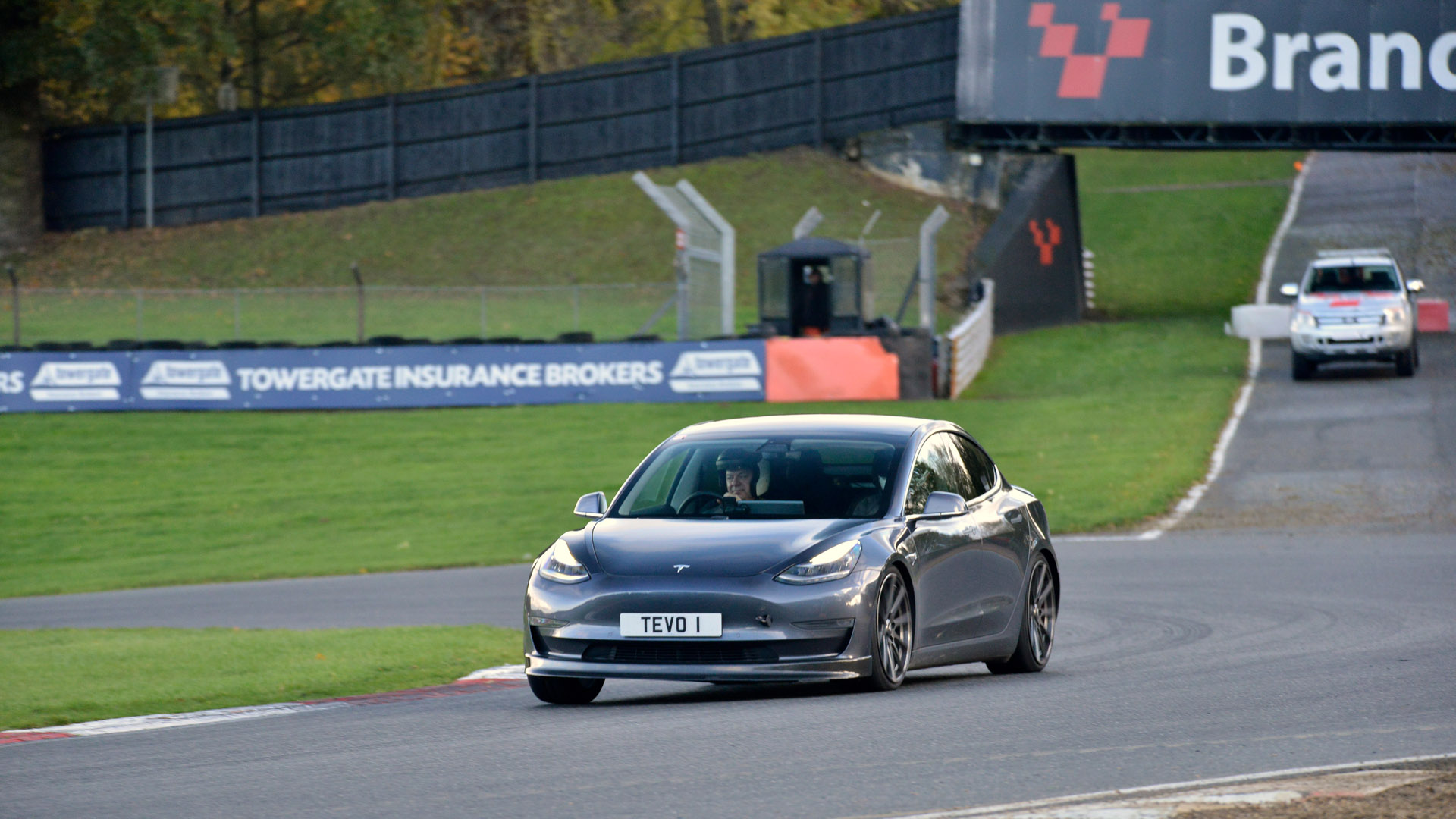
- First responder safety information: We recommend you print out and have a copy of the first responder safety information, which EV manufacturers publish. For example, Tesla’s information can be found on its website.
- Charging: Virtually no motorsport venue or circuit has dedicated on-site charging facilities, so you’ll need to plan your journey to and from the event carefully. Shorter events such as a track evening or a hill climb/sprint are probably the best activity for an EV because of the limited number of runs/laps you’ll get, so as long as you arrive with plenty of charge, you should be suitable for the event. Some pit garages and paddocks have three-phase outlets, and with the right charging adapter, this can be very useful for topping up.
Read next: Porsche Taycan Turbo review: 670hp of EV goodness
On track
There is no reason why EVs shouldn’t be allowed to enter grassroots motorsport events as long as specific safety measures are implemented. However, it is still very challenging at present, which is why EMVUK launched in early 2021. Its mission is to accelerate the acceptance of EVs into grassroots motorsport (sprints, hill climbs, autosolos etc.) and educate both organisers and participants on best practice rules.
Are you the type of person who would take their EV on track? Let us know in the comments below or via social media; we’re on: YouTube, Instagram, Facebook, Twitter and LinkedIn.

